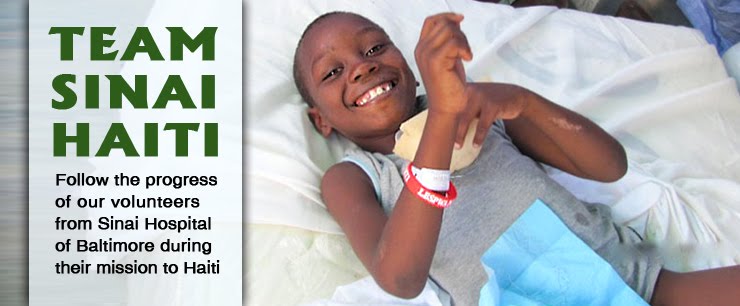 |
| Doctor Dre |
 |
| Doctor De and Friend |
My international experience to date includes three Operation Smile missions in India – one in Kolkata, and two in Guwahati. My Bengali fluency came in handy in all three missions. Not sure how much Bengali will help me in Haiti, but I have been reviewing some Kreyole phrases to get ready!
I'm also part of IMSuRT, the International Medical Surgical Response Team, which operates through NDMS (National Disaster Management System), under the executive branch of the United States Government. Through IMSuRT, I spent a frigid January week in Washington DC, during the Obama inauguration. Luckily, there were no disasters, other than a few frozen finger tips.
Professionally, I am keen on ultrasound-guided regional anesthesia. This has great promise as a practical tool in the developing world. Regional anesthesia is almost always safer than general inhalational anesthesia, though it can be trickier to perform regionals. Ultrasound guidance has the potential to make regional anesthesia the method of choice in the developing world, thus imparting a greater margin of safety for patients. I hope to share these skills with our Haitian anesthesiology colleagues next month at Adventiste Hospital.
I'm also part of IMSuRT, the International Medical Surgical Response Team, which operates through NDMS (National Disaster Management System), under the executive branch of the United States Government. Through IMSuRT, I spent a frigid January week in Washington DC, during the Obama inauguration. Luckily, there were no disasters, other than a few frozen finger tips.
Professionally, I am keen on ultrasound-guided regional anesthesia. This has great promise as a practical tool in the developing world. Regional anesthesia is almost always safer than general inhalational anesthesia, though it can be trickier to perform regionals. Ultrasound guidance has the potential to make regional anesthesia the method of choice in the developing world, thus imparting a greater margin of safety for patients. I hope to share these skills with our Haitian anesthesiology colleagues next month at Adventiste Hospital.


No comments:
Post a Comment